Also see:
From DSC:
If this isn’t mind-blowing, I don’t know what is! Some serious morphing lies ahead of us!




From DSC:
Yet another example of the changes occurring in the learning ecosystems out there.
COVID-19 Fuels Big Enrollment Increases in Virtual Schools — from edweek.org by Mark Lieberman
Excerpt:
Florida Virtual School’s enrollment is up 54 percent year over year for its individual online course offerings and 64 percent for full-time programs. Public schools’ online programs managed by the for-profit provider K12 Inc. have grown from 122,000 enrollments in fall 2019 to 170,000 a year later. Applications to Connections Academy, a virtual school provider owned by Pearson, are up 61 percent.
The Pennsylvania Cyber Charter School filled up months before it usually starts receiving the bulk of new applicants. An Oklahoma virtual charter school earlier this summer was enrolling 1,000 students a day. Enrollment in virtual schools is also up in Connecticut, Ohio, and Wisconsin.
From DSC:
Below are but some of the changes to the learning ecosystems out there. Certainly, more are coming.
Ex-Google employees form virtual tech ‘school’ for gap year students amid college closures — from cnbc.com by Jennifer Elias
Along these lines, see:
From DSC:
Also, to see some more changes to the learning ecosystems out there, set up a Google Alert (or something similar in Feedly or via another tool) for “Learning Pods,” “Pandemic Pods,” and/or the “growth of homeschooling.” Here’s but one recent example:
Life can be very hard for autistic, gifted and special needs learners. Autistic and gifted learners often times struggle in school because they learn very differently than their peers. These special learners need a personalized approach to their education that allows them to learn in their own way at their own pace.
Many times parents and students feel as if they are the only ones like them in the world. This can often times lead to isolation and frustration. It is important for all autistic, gifted and special needs to unite in order to support one another. We are named Academic Warriors because all our students are superheroes in a world that doesn’t always understand and/or appreciate them. We help our students to become strong, independent and positive learners despite what the world may think of them.
It is the mission of Academic Warriors to help create positive learning experiences and communities throughout the United States for autistic, gifted and special needs learners. We offer online courses, programs, private school and in person events that foster an unique learning environment that promotes unity among all our students and families. We strive to create online and in person learning communities in every state that will provide educational opportunities for all families of autistic, gifted and special needs students. Together we can create a better world for the autistic, gifted and special needs learner.
From DSC:
As part of a homeschooling-based situation, my wife received the following item for one of our daughters (who needs additional/personalized assistance to learn). Simultaneously, she and our daughter sent them a Michigan Exchange Box. Very cool.

I believe my wife found this out at the following group in Facebook:
Some channels out on Youtube that have to do with learning:
(and by the way, according to Jane Hart’s recent Top 200 Tools for Learning, YouTube is in the #1 spot for the 5th year in a row!)
“Horse Sense Tutoring Services is a unique resource that combines the power of Equine Assisted Learning with evidence-based reading and math strategies that engage the mind, body, and emotions in learning. We use the principles of discovery, experience, movement, reflection, and connection in partnership with our horse friends.
…
Based at The Barn for Equine Learning…my program offers targeted reading, math, and basic horsemanship tutoring for students in grades K – 8. Horses become teaching and learning partners as students experience academics and social-emotional learning in a whole new way.
If you are looking for a unique tutoring and confidence-building experience for your child, PM for more information. Sessions are held outdoors and/or in an open barn setting.
(Small group field trips with an introduction to basic horsemanship skills are also available).
From DSC:
So these are just a few examples of how the learning ecosystems are changing out there! Surely, there will be more changes coming down the pike.
So what is the book about? — from donaldclarkplanb.blogspot.com by Donald Clark; which discusses his book entitled, Artificial Intelligence for Learning: How to use AI to Support Employee Development
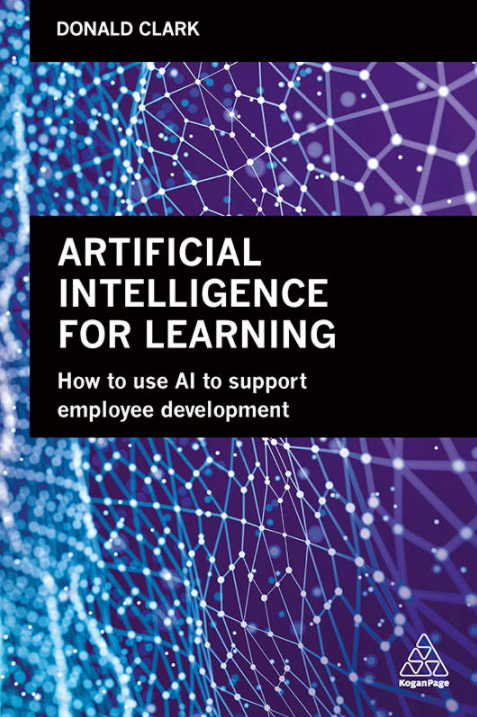
Excerpt:
AI changes everything. It changes how we work, shop, travel, entertain ourselves, socialize, deal with finance and healthcare. When online, AI mediates almost everything – Google, Google Scholar, YouTube, Facebook, Twitter, Instagram, TikTok, Amazon, Netflix. It would be bizarre to imagine that AI will have no role to play in learning – it already has.
Both informally and formally, AI is now embedded in many of the tools real learners use for online learning – we search for knowledge using AI (Google, Google Scholar), we search for practical knowledge using AI (YouTube), Duolingo for languages, and CPD is becoming common on social media, almost all mediated by AI. It is everywhere, just largely invisible. This book is partly about the role of AI in informal learning but it is largely about its existing and potential role in formal learning – in schools, Universities and the workplace. AI changes the world, so it changes why we learn, what we learn and how we learn.
Also see:
From DSC:
Some of the following questions came to my mind recently:
Maybe those aren’t even the right questions…
If not, what do you think? What questions should we be asking about learning these days?
#LXD #learningecosystems #future #lifelonglearning #onlinelearning #highereducation #K12 #corporatelearning #heutagogy
The main thing we need to remember is that this space no longer serves as an accessory to face-to-face teaching. It is now our main contact point with learners, so it needs to play different roles: communication channel, learning path, interaction platform and community space. Teachers therefore need a certain degree of freedom to design this space in the best way that suits their teaching style and philosophy as well as their course content and learning objectives.
…
What became obvious in the past months is that when it comes to teaching and learning fully online, the learning experience design aspect, including look, feel and logic of the platform from the users’ perspective- be it teachers or students-, are at least as important as the content.(source)
Online, personalized learning considered the future for education in wake of pandemic — from purdue.edu
Excerpt:
WEST LAFAYETTE, Ind. — COVID-19 has changed the outlook for education, highlighting the potential for online learning and the need for more personalized learning options for students, according to a Purdue University College of Education professor.
William Watson, associate professor of learning design and technology, said student education levels are more likely to be spread all along the spectrum this school year based on what educational support they received at home.
Using personalized approaches to online instruction allows learning to be based more on each student’s individual strengths, weaknesses, goals and motivations, he said.
“A personalized approach to learning supports student autonomy and the direction of each student’s learning process,” Watson said. “It values a student’s self-direction, motivation and engagement beyond simple knowledge acquisition.”
From DSC:
After reading Jeff Young’s article re: learning engineering and seeing the Nudge application from Duke University...it once again occurred to me that we really need a standard for loading questions into a memory-refreshing application. Just like HyperText Markup Language (HTML) made the World Wide Web so successful and impactful, we need an easy-to-use standard for dumping questions into a personalized database of questions for each cloud-based learner profile.
After taking a module, you would be asked if you wanted to be reminded of / quizzed upon the key ideas presented therein. You would then receive periodic quizzes on those items. You can choose to opt-out of that learning module’s content at any time.
Such an application would help reduce the impact of the Ebbinghaus Forgetting Curve. This type of standard/feature would really help students and people in:
A person could invoke a quiz at any point, but would be quizzed at least once a day. If you missed a day, those questions would not be taken out of the pool of questions to ask you. If you got a question right, the time interval would be lengthened before you were asked that question again. But questions that you struggled with would be asked more frequently. This would also help interleave questions and aid in recall. Such spaced repetition would cause struggle from time to time, aiding in deeper learning.
Learning ecosystems across the country — especially those involving K-12 — are morphing once again.
Have you heard about the explosive interest and potential growth involving “learning pods” — also called “pandemic pods”!?! It’s amazing to see how quickly things are changing in this fluid situation. This is another great example of how the macro-learning ecosystem for K-12 is changing — as well as the changes happening at more of a micro-level. (To see how true this is, put a Google Alert or two out there for “learning pods,” “pod learning,” and/or “pandemic pods.”)
For some information about these changes, see some of the example articles below:
From DSC:
Though very interesting to see what occurs here, I, too, am concerned about the inequalities and the potential for expanding the learning gaps across the country (between the folks who have the resources and those folks who do not). For example, consider that the cost ranges from $1,500 to $2,500 dollars per student — per month — in the San Francisco Bay Area. (See COVID-19 learning pods: Here’s how they work and what Bay Area schools say about them by Luz Pena.) Or see
The 12 Shifts for Student-Centered Hybrid Environments — from gettingsmart.com by Kyle Wagner
During the time of remote learning, our students have become more independent and empowered. They have been given more freedom in establishing their own learning outcomes, and organizing schedules and deadlines to meet them. When they return to us in the fall, whether for an in-person, hybrid, or a 100% online learning experience, we will have to offer them something different than we have in the past. Instead of disconnected, impersonalized, one-size-fits-all learning, we will need to offer our students deep, personalized, and more connected learning experiences.
Our role as a result will shift from being the ‘sage on stage,’ to a ‘facilitator of learning experiences.’ To make this transformation possible, we will have to make 12 key shifts.
The 12 shifts are the result of conversations and insights from expert practitioners worldwide, who have not only adapted to an uncertain education climate, but thrived.
From DSC:
This was a great article with numerous solid ideas and suggestions! What I saw several times was offering the students more choice, more control. In fact, the point hit close to home. Our son finally said, “I actually want to learn this stuff!” (i.e., how to act and thrive within the world of the theatre). When we’re able to tap into students’ intrinsic motivation, we unleash a *huge* amount of creativity, energy, and effort!!!

How to homeschool your child during the pandemic — from learningliftoff.com by AnnElise Hatjakes
Excerpts:
According to J. Allen Weston, the executive director of the National Home School Association (NHSA), parents’ interest in homeschooling has skyrocketed in the face of the coronavirus pandemic. In an interview with The Sacramento Bee, he explained that the NHSA used to receive 40-50 emails a day. Now, it is receiving thousands. More parents are exploring this option for the first time as they confront the uncertainties surrounding the 2020-2021 school year.
…
Homeschooling is an educational format in which parents are responsible for all of the instructional and administrative duties associated with schooling. Parents who homeschool their children choose the curriculum, teach that curriculum, and keep records in accordance with their respective state’s laws.
If you were to do an online search of homeschool curriculum, you might be overwhelmed by the number of results. A good place to start is with Cathy Duffy’s curriculum reviews, which is a well-known resource for homeschoolers.
What should schools, colleges and Universities do in September? …7 actions — from donaldclarkplanb.blogspot.com by Donald Clark
Excerpts:
Let me start with a tough question. Weighing your wish to return to schools or campuses, given the current surge of Covid cases, is the return to the classroom or chasing the cash worth a single dead student, teacher or parent? Or should we see the September return as an opportunity to change things for the better and by that I mean for teachers, lecturers, students and parents? We need a reset.
Necessity is the mother of invention. I hope that this human tragedy allows us to transform the learning landscape to be better and more inclusive through Blended Learning. We have an opportunity to use contemporary technology to reduce teacher workload and improve learning at the same time.
To survive the pandemic, American colleges need a revolution — from linkedin.com by Jeff Selingo
Excerpts:
Moreover, the American higher education system is built largely for full-time students pursuing degrees that might take two or four years to finish. Unemployed workers want a new job in the next few weeks or months, not two years from now when they complete a degree. The newly unemployed also are accustomed to the cadence of regular work and can’t easily pivot to class schedules at colleges constructed for the convenience of faculty members, not students.
Higher education needs to reinvent itself for continual learning if it is going to remain relevant and expand opportunity for tens of millions of adults who find themselves unemployed in a fast-changing economy.
From DSC:
The article below got me to thinking about designing learning experiences and what our learning experiences might be like in the future — especially after we start pouring much more of our innovative thinking, creativity, funding, entrepreneurship, and new R&D into technology-supported/enabled learning experiences.
LMS vs. LXP: How and why they are different — from blog.commlabindia.com by Payal Dixit
LXPs are a rising trend in the L&D market. But will they replace LMSs soon? What do they offer more than an LMS? Learn more about LMS vs. LXP in this blog.
Excerpt (emphasis DSC):
Building on the foundation of the LMS, the LXP curates and aggregates content, creates learning paths, and provides personalized learning resources.
Here are some of the key capabilities of LXPs. They:
So, this is about the LXP and what it offers; let’s now delve into the characteristics that differentiate it from the good old LMS.
From DSC:
Entities throughout the learning spectrum are going through many changes right now (i.e., people and organizations throughout K-12, higher education, vocational schools, and corporate training/L&D). If the first round of the Coronavirus continues to impact us, and then a second round comes later this year/early next year, I can easily see massive investments and interest in learning-related innovations. It will be in too many peoples’ and organizations’ interests not to.
I highlighted the bulleted points above because they are some of the components/features of the Learning from the Living [Class] Room vision that I’ve been working on.
Below are some technologies, visuals, and ideas to supplement my reflections. They might stir the imagination of someone out there who, like me, desires to make a contribution — and who wants to make learning more accessible, personalized, fun, and engaging. Hopefully, future generations will be able to have more choice, more control over their learning — throughout their lifetimes — as they pursue their passions.
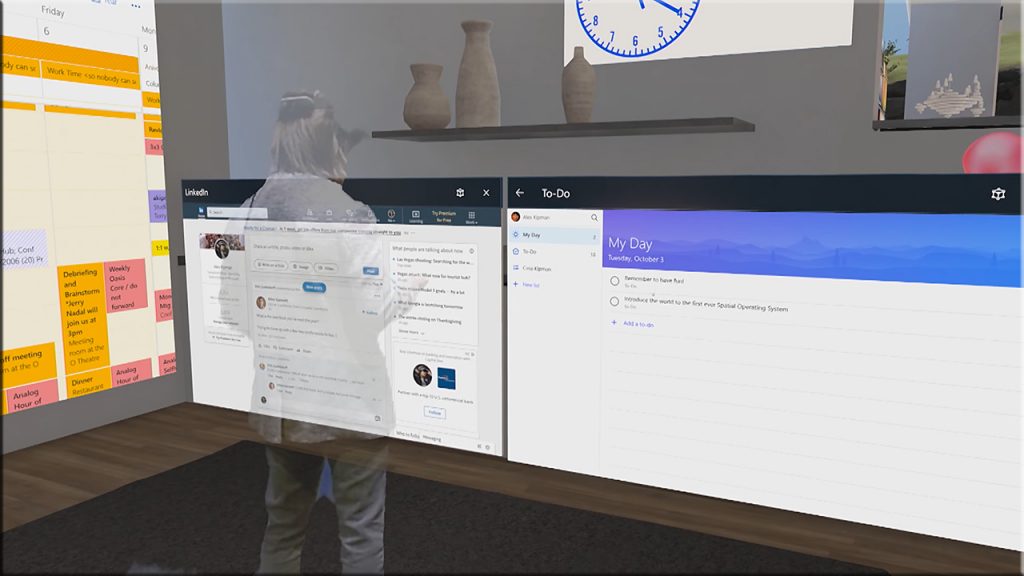


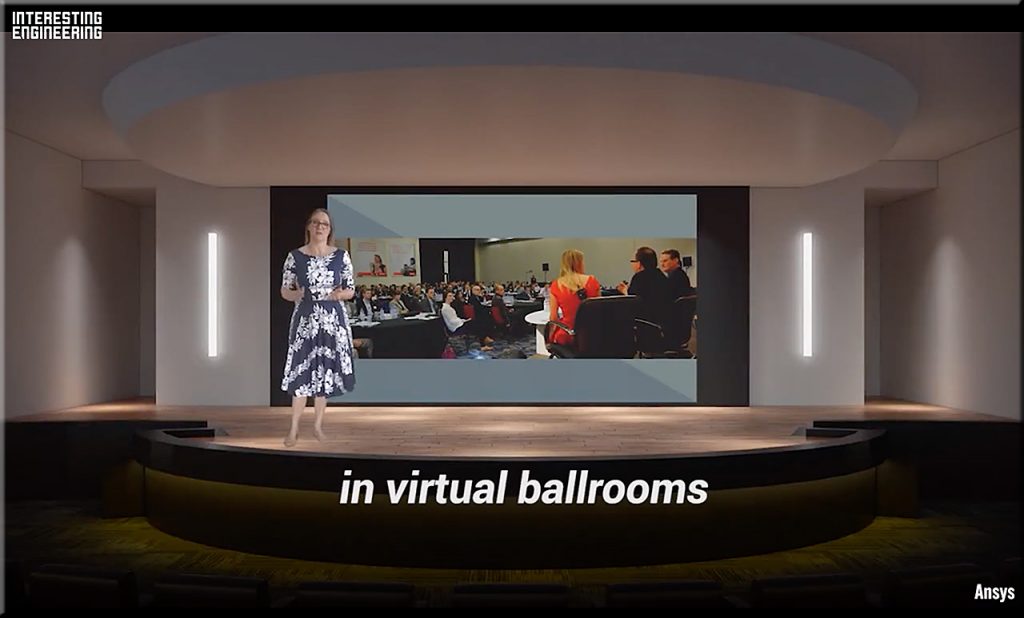
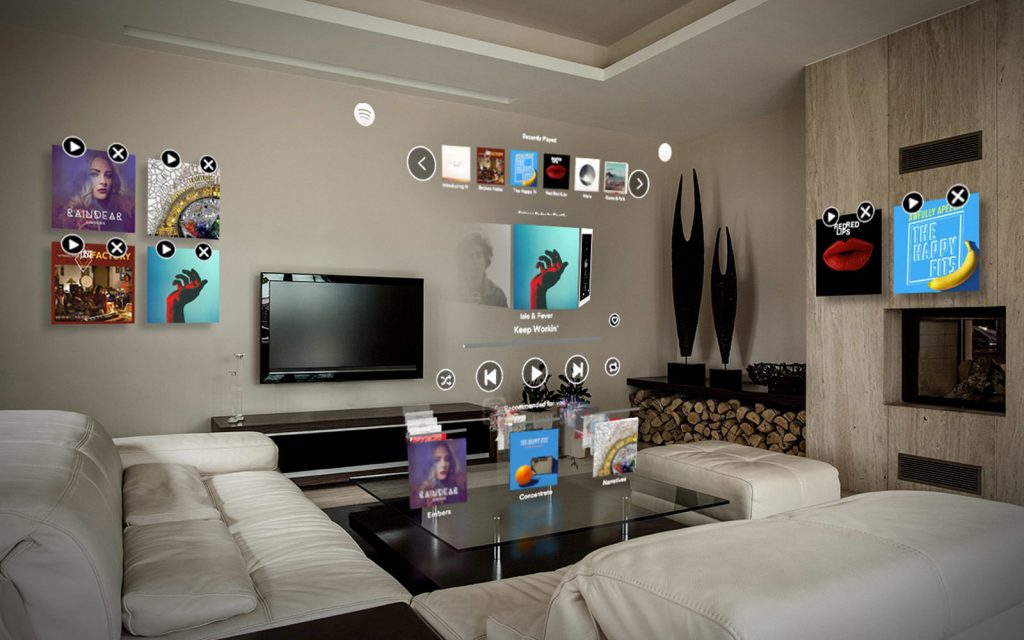

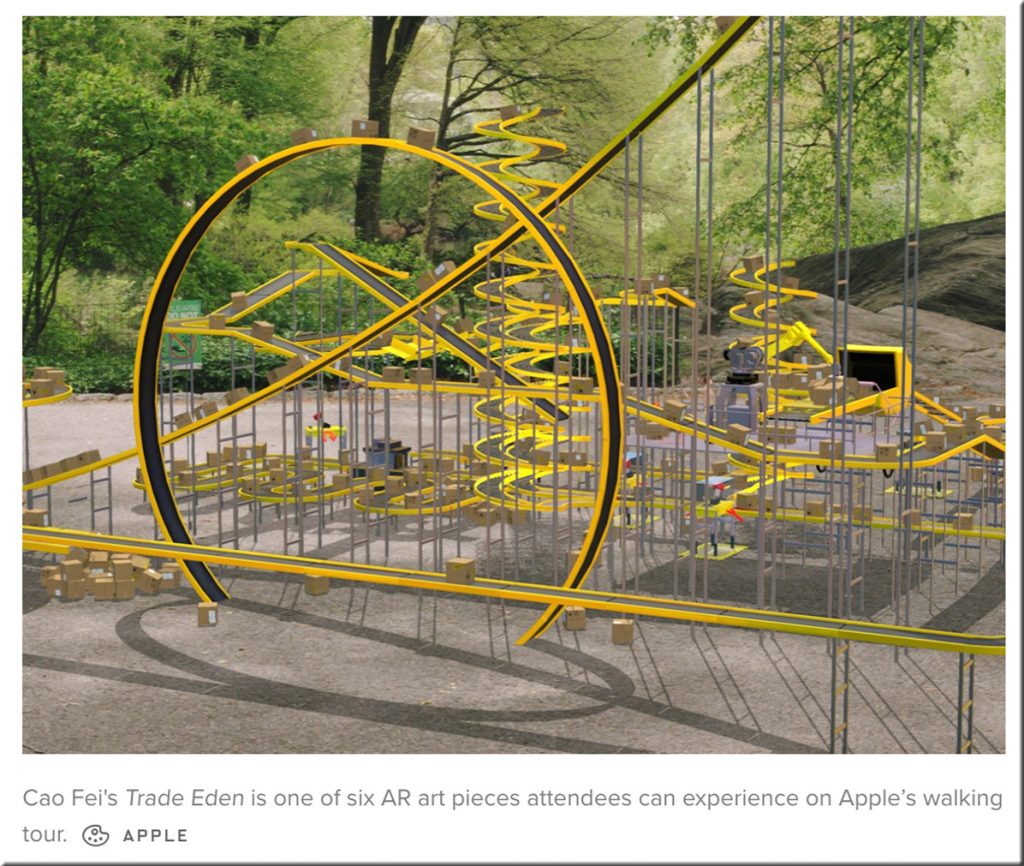

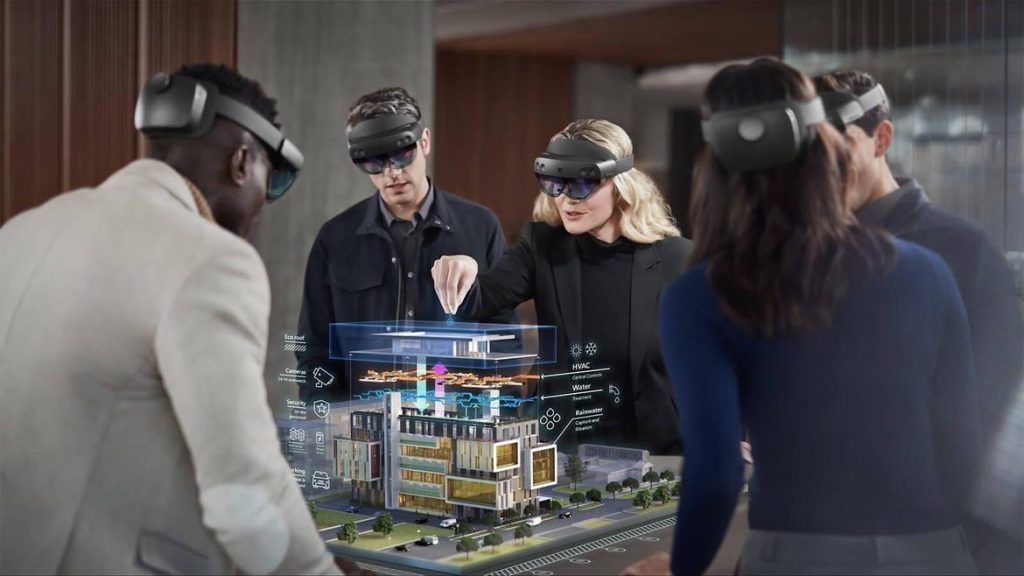


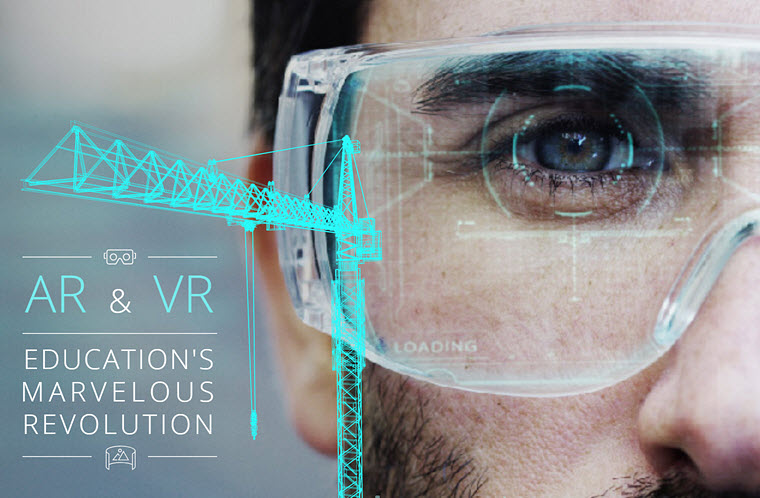
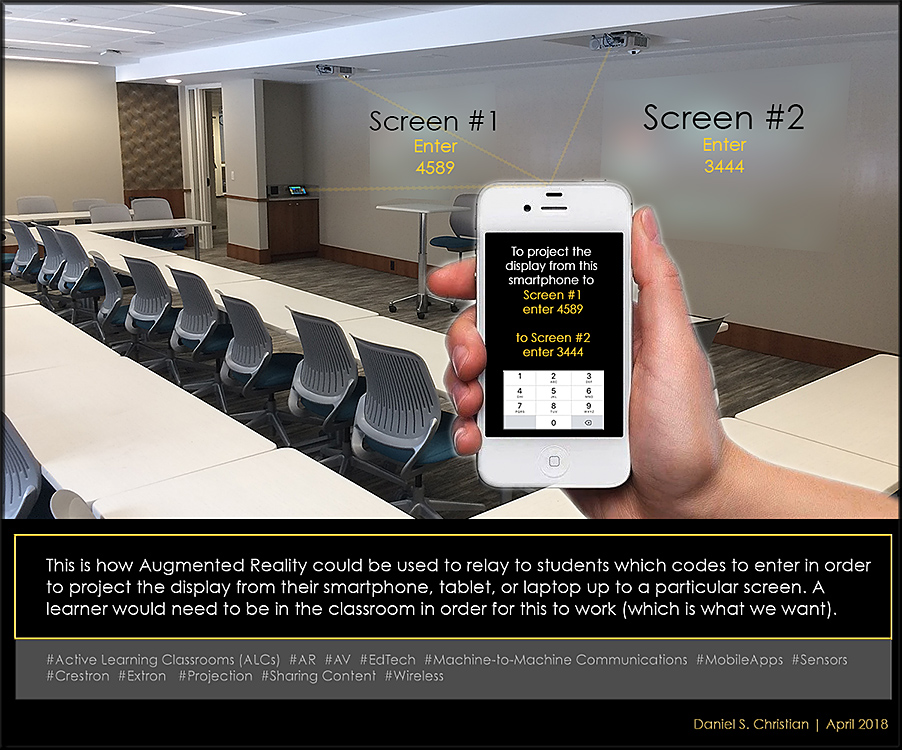
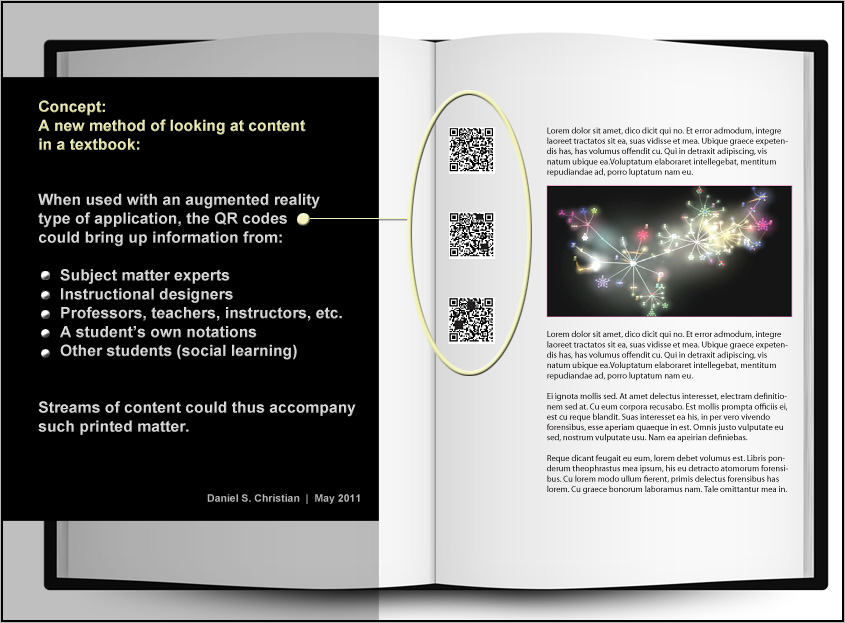
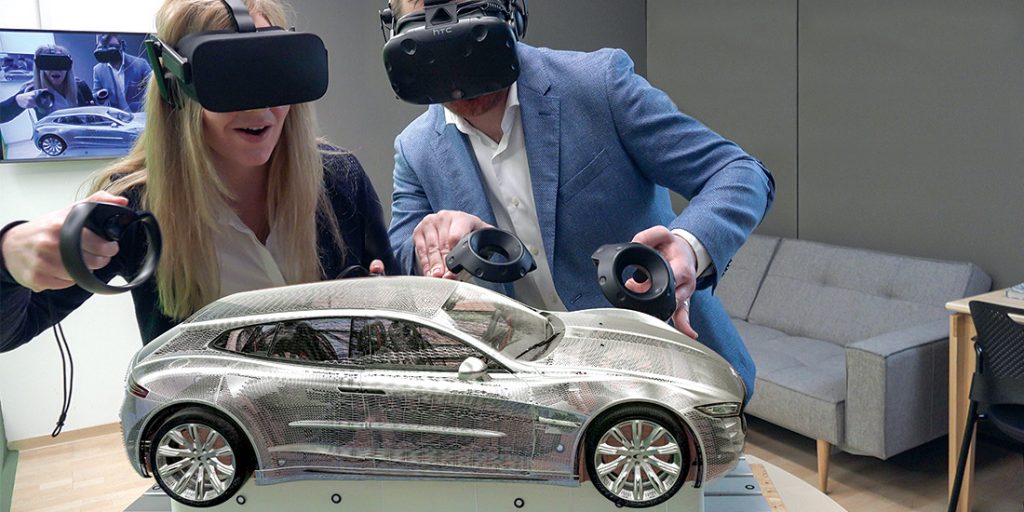
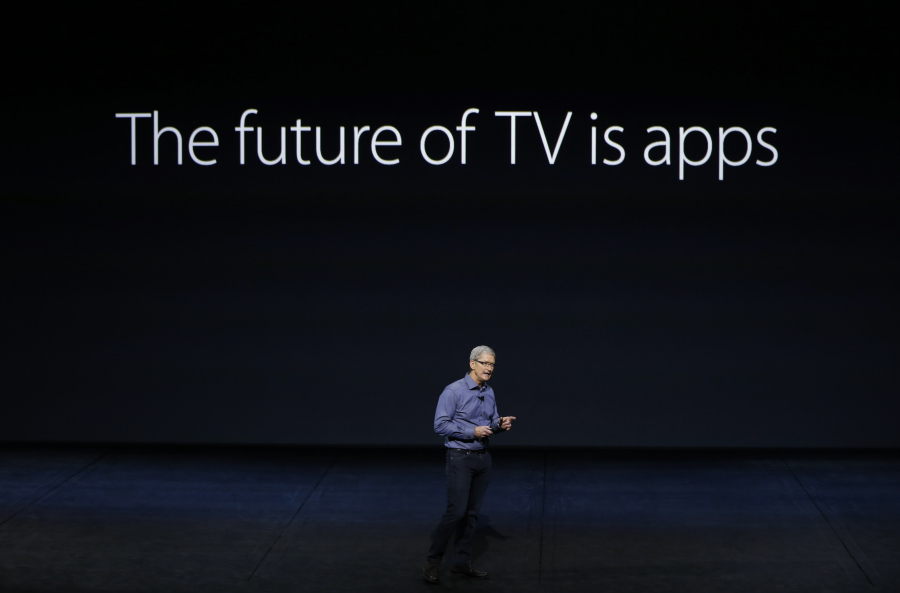


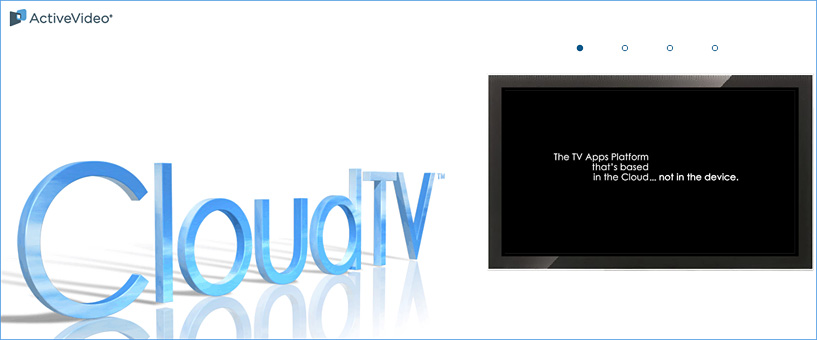

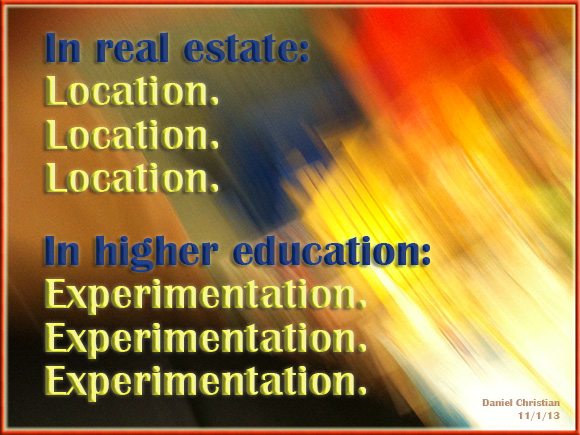
From DSC:
If the first wave of the Coronavirus continues — and is joined by a second wave later this year or early next year — I think a more permanent, game-changing situation is inevitable. As such, now’s the time to change the paradigms that we’ve been operating under.
It’s time to move to *a team-based approach.* To build up the set of skills an organization needs to pivot and adapt — regardless of what comes their way.
Let’s stop asking one faculty member to do it all! Consider this:
With the move to online learning, one person can’t do it all anymore — at least not at the level that the newer generations are coming to expect. They have grown accustomed to amazing, team-based/built content and products.
Plus, newer generations are going to know and experience much more telehealth-related services…then much more telelegal-related services. They will come to experience/expect high-quality learning-related products and services that way as well. Going forward, there are too many skillsets required by the creation and production of high-quality, online-based learning — not to mention the continued hard work of staying up-to-date on the main subject matter expertise at hand.
So if the kind of perspective continues as found in this piece — SURVEY: Students say they shouldn’t have to pay full price for online classes — then colleges and universities would do well to invest money in new Research & Development efforts, in team-based content creation, and in reimagining what online-learning could act/be like. Same for the vendors out there. And faculty members would be wise to invest the time and energy it takes to be able to teach online as well as in a face-to-face setting. Not only are they more marketable once they’ve done this, but they are then also more prepared to find their place within an uncertain future.
All of this will likely be an expensive process. Also, greater collaboration will be needed within a department (as we can’t be building a course per professor) as well as between organizations. Perhaps the use of consortiums will increase…I’m not sure.
Perhaps a new platform will develop — similar to what’s contained in this vision. Such a platform will feature content that was designed and built by a team. Such a learning-related platform will offer streams of highly-relevant content — while providing continuous, affordable, up-to-date, convenient, and very well done means of staying marketable/employed.
For another paradigm shift, accreditation bodies/practices are going to have to also change, adapt, pivot, and help innovative ideas come to fruition. But that’s another posting for another day.
“Many—perhaps millions—will need quick, job-focused upskilling and reskilling.”
— from The Indispensable Institution | Reimagining Community College
by Opportunity America
From DSC:
This is exactly the need that I’ve been getting at here. Many people don’t have the time — and now, the $$ — to take 4 years to get a college degree. Even 2 years is too long for many people these days. They need to be able to quickly reinvent themselves. As such, we need to tap into — and contribute to — streams of content. All. The. Time.
And do so, efficiently, safely, securely — and inexpensively!
